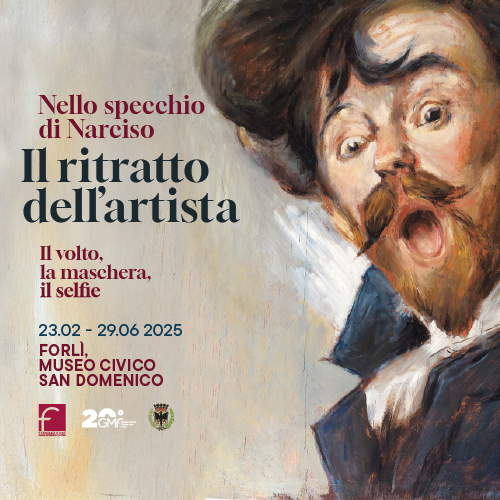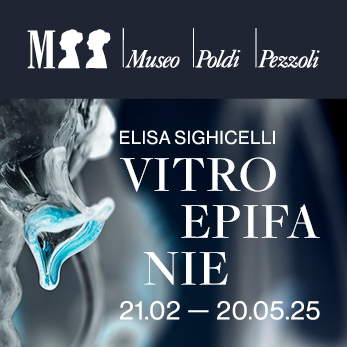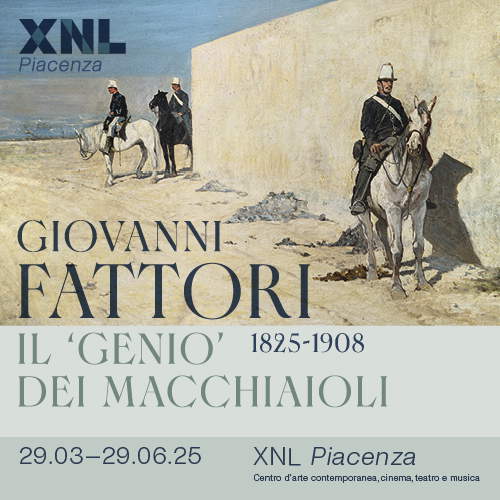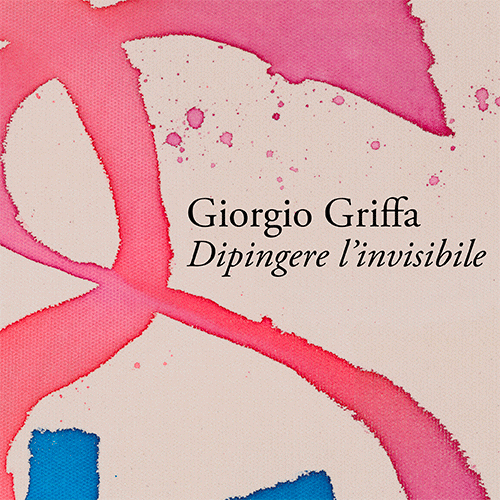Landscape works by Ferdinand Hodler and Filippo Franzoni in dialogue at MASI Lugano
From April 13 to August 10, 2025, MASI Lugano is hosting the exhibition Ferdinand Hodler - Filippo Franzoni, curated by Cristina Sonderegger, which aims to celebrate the friendship and bond between two Swiss artists active between the 19th and 20th centuries. Through the dialogue between a significant selection of works by Filippo Franzoni (Locarno, 1857 - Mendrisio, 1911) and paintings-even lesser-known ones-by Ferdinand Hodler (Bern, 1853 - Geneva, 1918) from important Swiss public and private collections, moments of convergence in the work of the two artists will be highlighted for the first time. While Hodler is universally recognized as one of the most representative figures of Symbolism, Franzoni still remains little known outside Italian-speaking Switzerland. Born into a liberal-minded bourgeois family, Filippo Franzoni trained at the Brera Academy of Fine Arts in Milan, drawing closer to Scapigliata culture and, later, establishing a connection with the Monte Verità community in Ascona. Hodler, on the other hand, after a period of apprenticeship with a vedutista, trained artistically in Geneva, fitting into the tradition of Genevan landscape painting.
Although they initially frequented different artistic circles, beginning in 1890 their paths intertwined within the nascent Swiss art scene. Both actively participated in prominent juries and exhibitions, helping to create a cultural bridge between the country’s different linguistic regions. Hodler and Franzoni also stand out as unique interpreters of the Swiss landscape, leaving a significant imprint on the perception of the territory they represented: Lake Geneva and the Swiss Alps in the case of Hodler, and Lake Maggiore and the surroundings of Locarno in the case of Franzoni.
The MASI exhibition develops as a dialogue between the two artistic personalities, comparing eighty paintings made over four decades. The exhibition traces their evolution from 1870, the year Hodler began his activity, to 1911, the year of Franzoni’s death. The central theme of the exhibition is the Swiss landscape, with its iridescent atmospheres and play of light. It emerges from the works on display how both artists interpreted similar subjects, arriving at formal and compositional solutions that were sometimes surprisingly similar. The exhibition itinerary also emphasizes their progressive detachment from academic constraints, highlighting an evolution that leads to an increasingly vibrant expressive sublimation. This stylistic development is particularly evident in such emblematic works as Hodler’s Lake Geneva as seen from Chexbres and Franzoni’s majestic Maggia Delta.
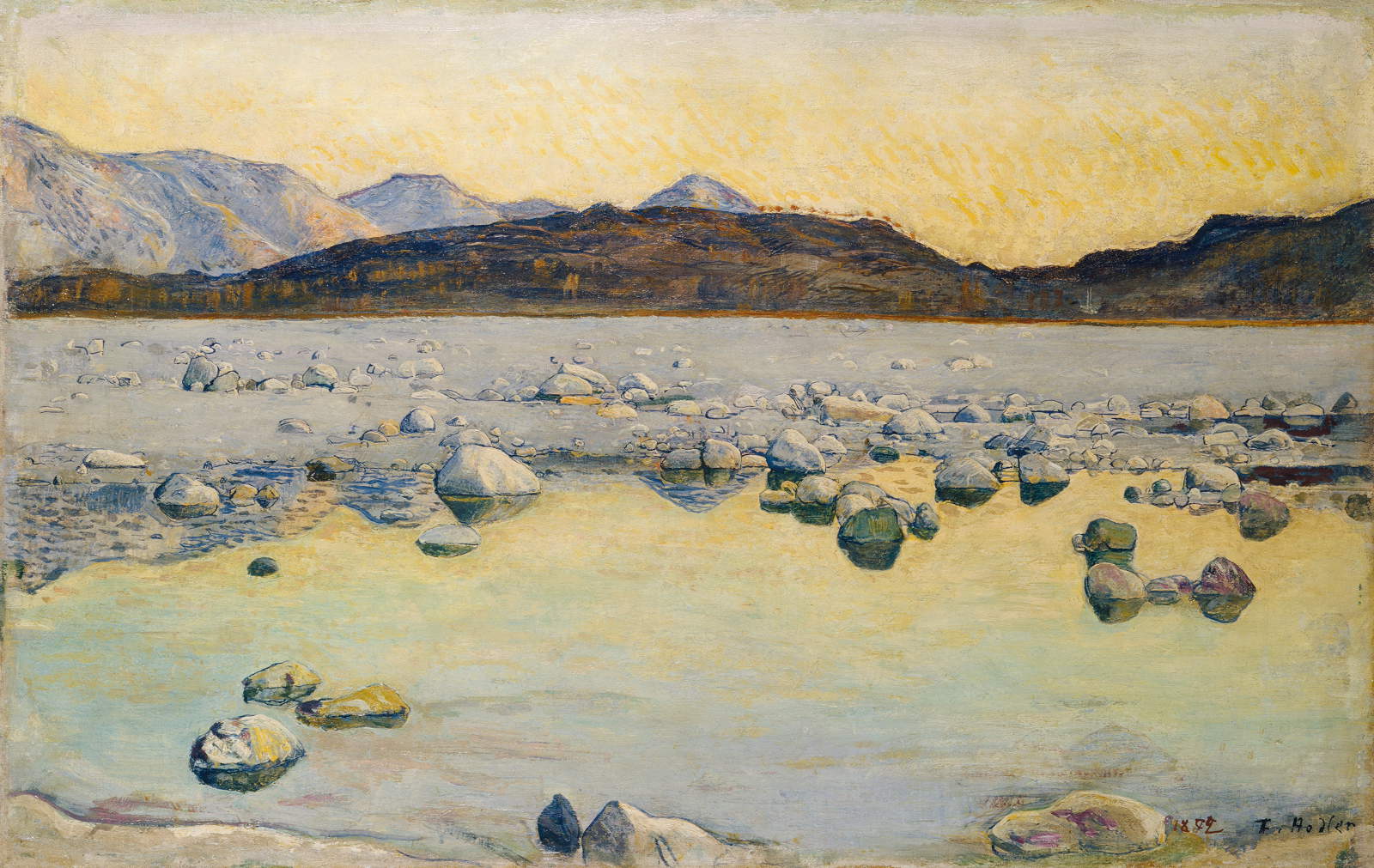

“Ferdinand Hodler revolutionized the representation of the Swiss landscape, which he regarded not only as a realistic and richly evocative reproduction, but also as a carrier of spiritual and symbolic messages,” explains Tobia Bezzola, director of the Museum. “His stylized, wide-format depictions, whether of Alpine peaks or views of Lake Geneva, reduce forms and colors to the essential and transform the landscape into a universal symbol of time, space and eternity. In this turn toward the symbolic sublimation of landscape Hodler was joined, among his contemporaries, especially by a Ticino painter, Filippo Franzoni.”
In particular, Hodler’s landscapes chosen for this exhibition are ascribable to his most intimate research and also include some innovative paintings made in Locarno, in places beloved by his friend Franzoni. In addition to a focus on portraits, an in-depth look is devoted to works with a Symbolist matrix, a language to which both artists were sensitive, but which would find divergent developments within their respective artistic trajectories.
The exhibition is accompanied by a catalog published by Edizioni Casagrande Bellinzona (Italian edition) and Verlag Scheidegger&Spiess Zurich (German edition) with texts by Cristina Sonderegger, Monika Brunner and Veronica Provenzale and a foreword by Tobia Bezzola, director MASI Lugano.

 |
| Landscape works by Ferdinand Hodler and Filippo Franzoni in dialogue at MASI Lugano |
Warning: the translation into English of the original Italian article was created using automatic tools. We undertake to review all articles, but we do not guarantee the total absence of inaccuracies in the translation due to the program. You can find the original by clicking on the ITA button. If you find any mistake,please contact us.





